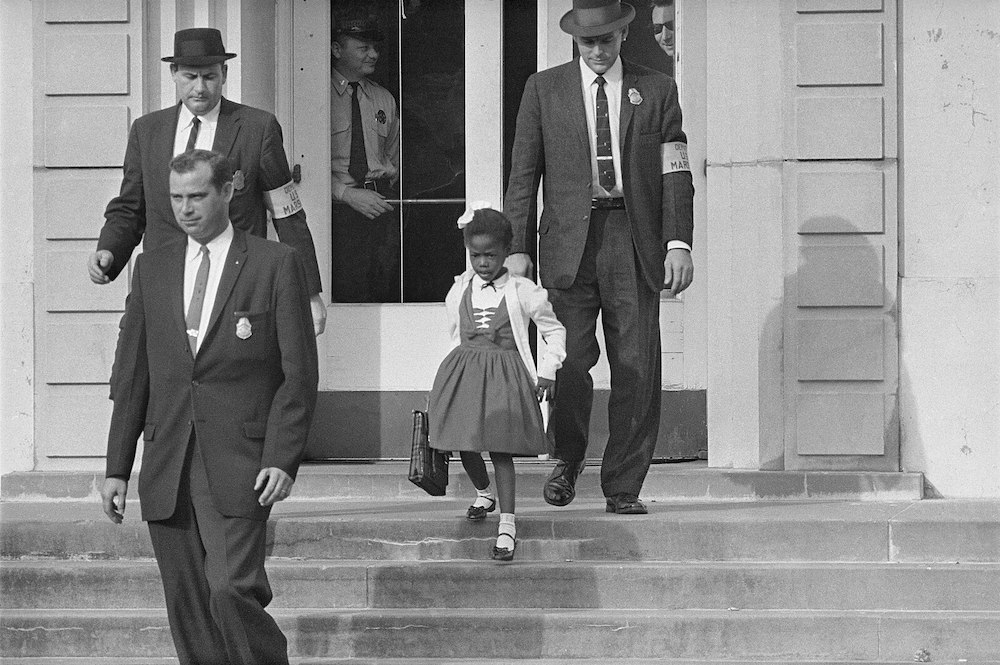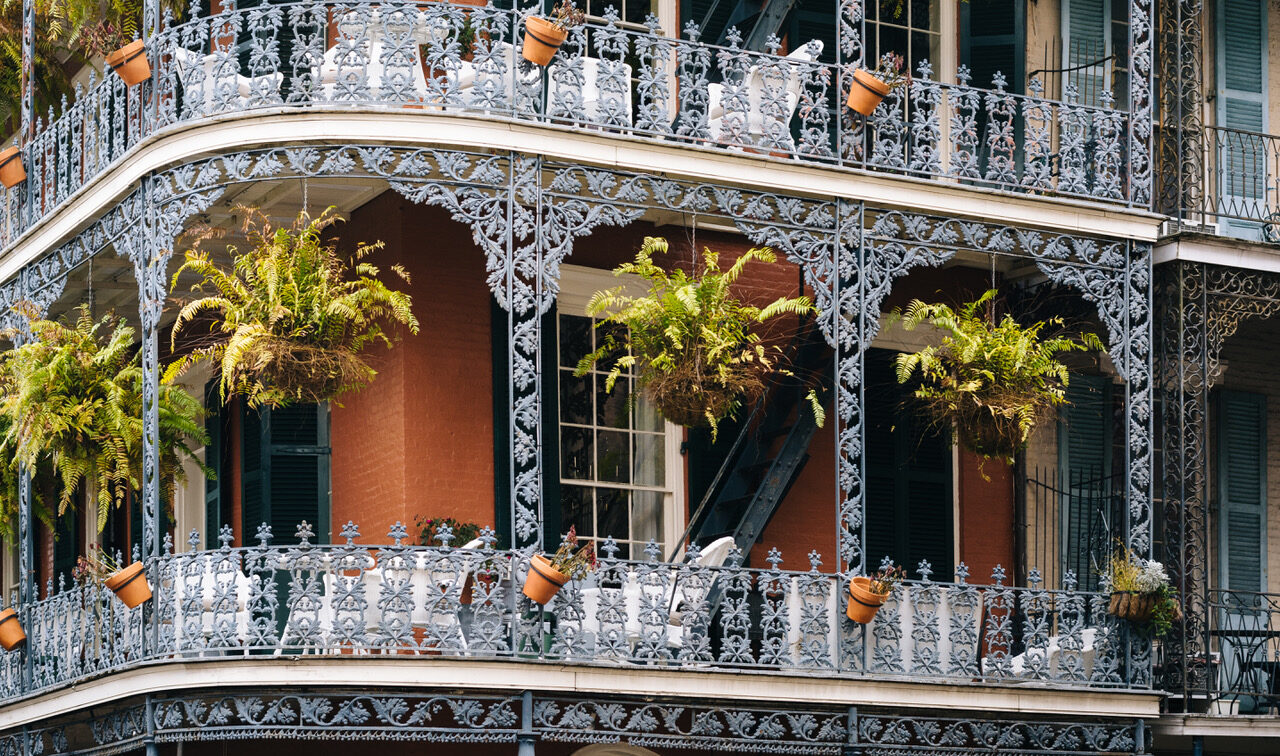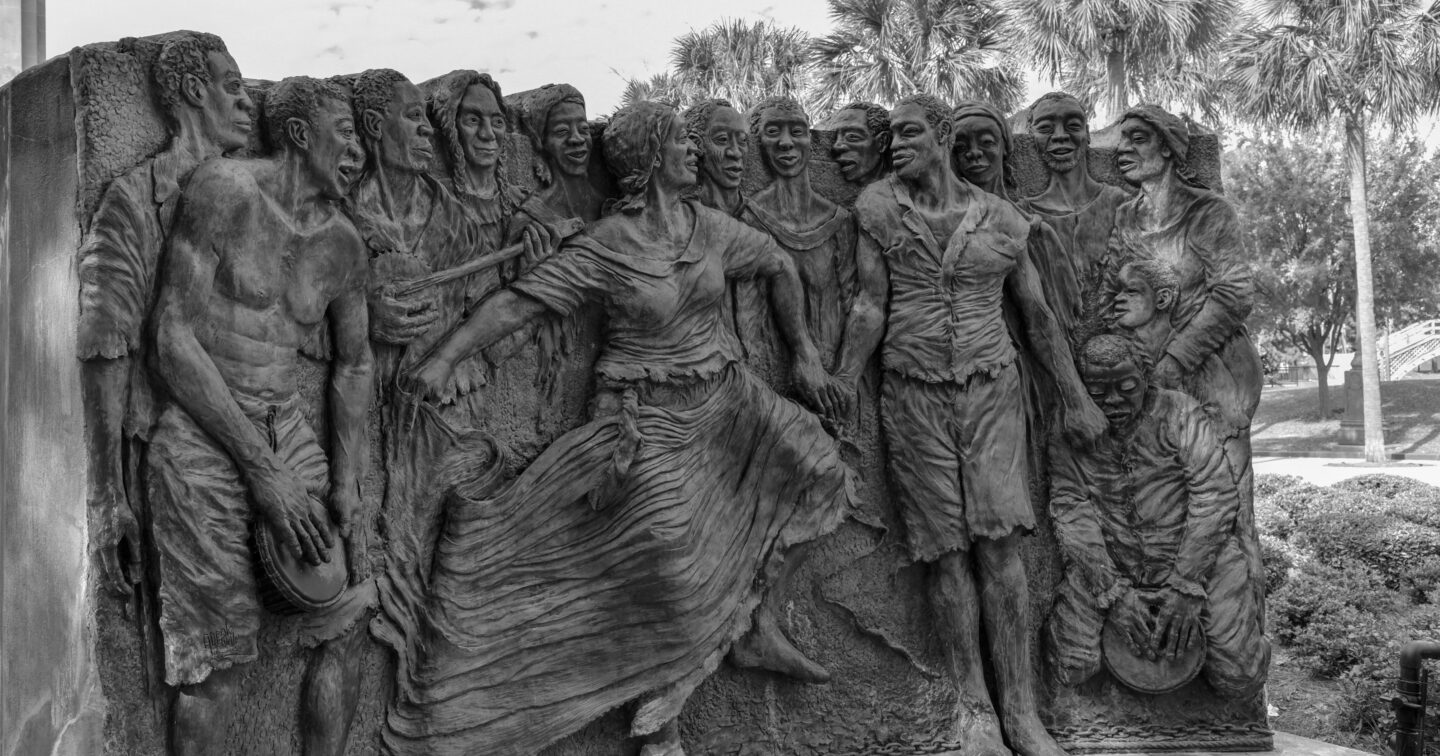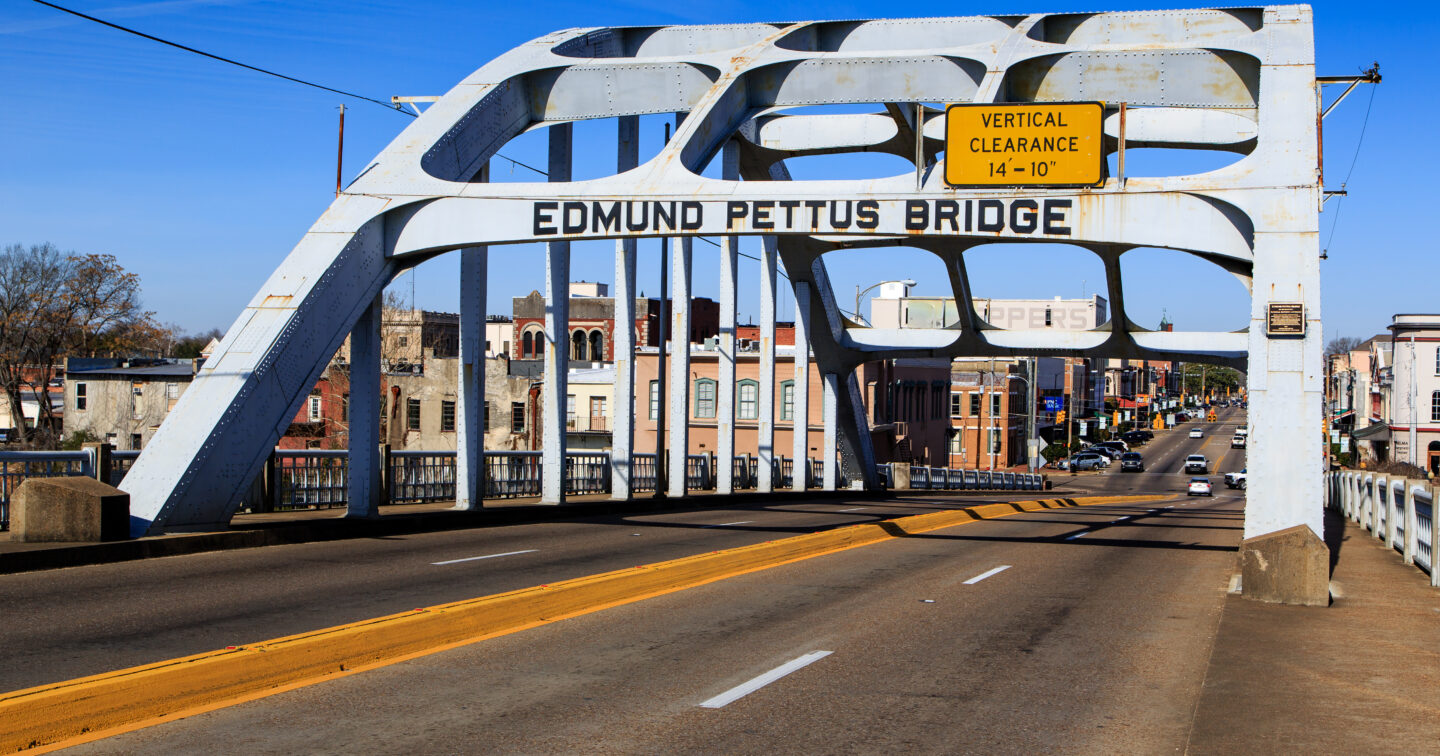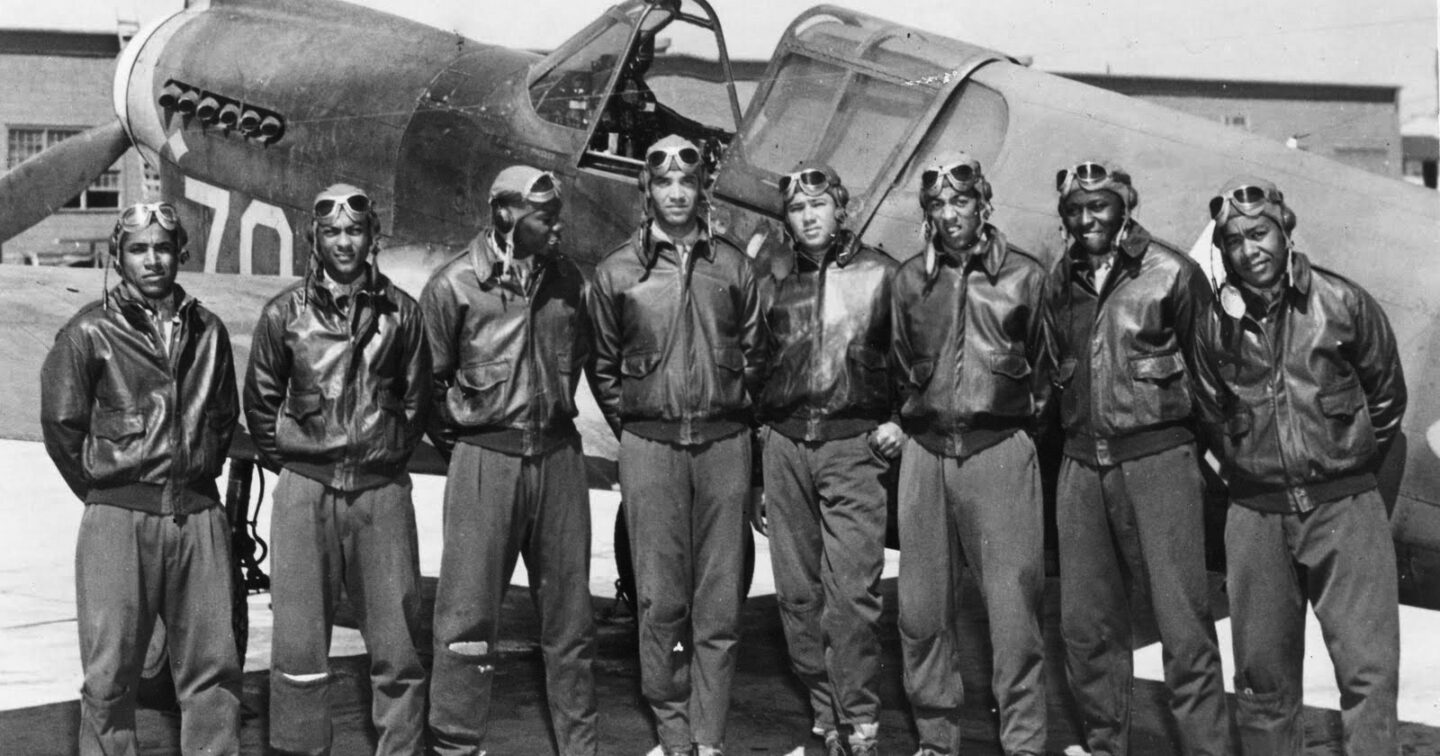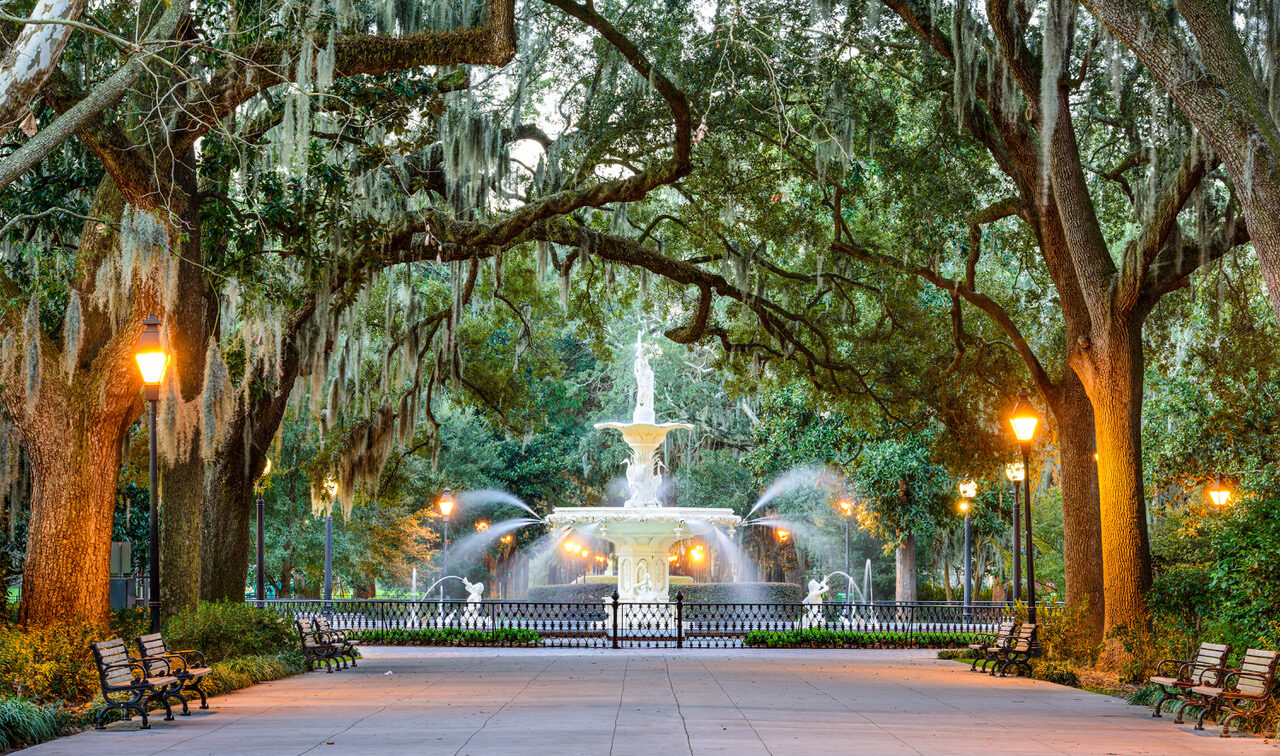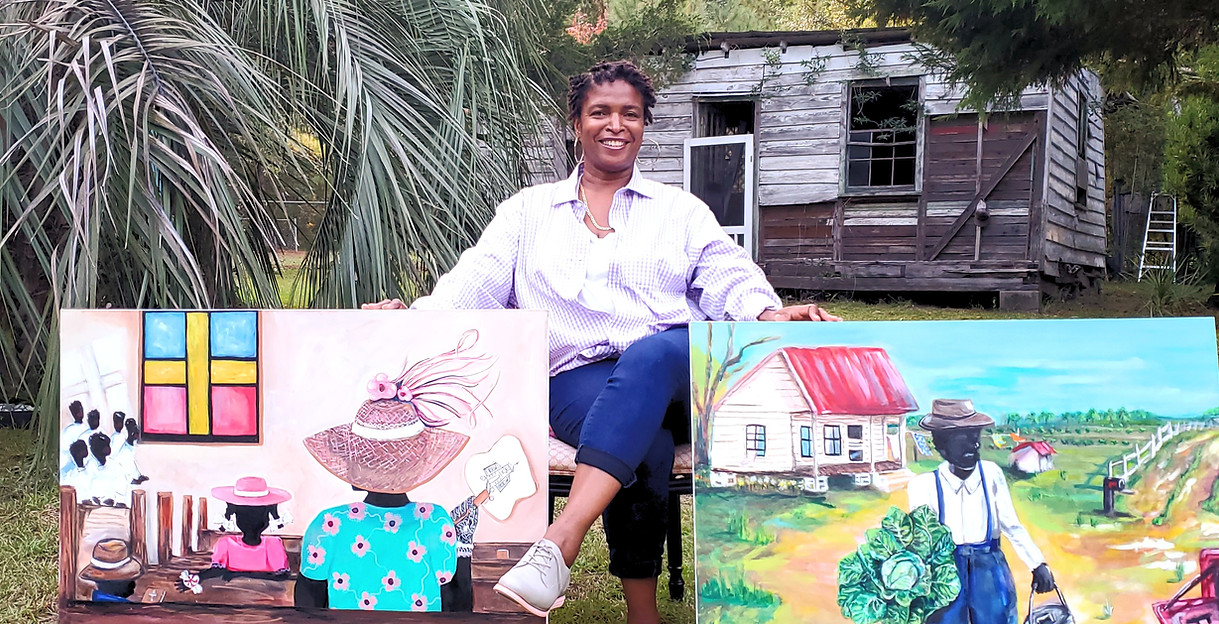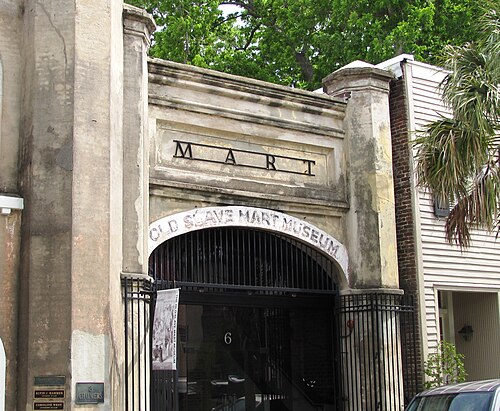March 8: New Orleans
D
- Arrive independently to New Orleans and make your way to the NOPSI Hotel, located a short walk from the French Quarter.
- Meet at 12:30 to walk about ten minutes to the Hermann-Grima House, a historic house museum in the French Quarter. Hear about the experience of enslaved women, men, and children in urban settings and how they differentiate from that of rural plantations.
- Depart on a walking tour led by Mikhala Iverson, born and raised in Copenhagen, and resident of New Orleans for almost two decades. Our walking program will last about 2 hours and will include Congo Square in the Faubourg Treme. Here on Sunday off-days, hundreds of African slaves and laborers used to congregate to trade goods, play music, dance, and socialize. This space ranks among the most important historical sites in the nation for understanding American music, and the key role that African Americans in New Orleans played in its development and diversification.
- Stop at the Bienville Monument, a commemoration of the founder of the French colony of Louisiana, Pierre Le Moyne d’Iberville, in 1718. People of African ancestry first arrived at New Orleans in 1719, within a year of the establishment of the city, having been forcibly removed from the Senegambia region of West Africa. Enslaved Africans of the colonial era cleared forests, raised crops, and built the city infrastructure.
- See the French Quarter through a different lens than most visitors. Instead of disappearing or homogenizing, some aspects of African culture flourished in New Orleans, influencing everything from food to music to religion.
- This evening enjoy a welcome dinner near the hotel.
March 9: New Orleans
B,L,D
- Visit the Whitney Plantation, which has been turned into a museum dedicated to telling the story of slavery. On the plantation indigo and sugar cane were farmed by exploiting the labor of more than 350 slaves. The names of those slaves now are engraved on black granite slabs that are part of the plantation’s Wall of Honor.
- After lunch meet with twins Jo and Joy Banner who founded the Descendants Project, an emerging organization committed to the intergenerational healing and flourishing of the Black descendant community in the Louisiana river parishes.
- Return to New Orleans and on to the TEP Center, which holds momentous historical significance as the previous location of the McDonogh 19 Elementary School. On November 14, 1960, three young African American girls – Leona Tate, Tessie Prevost and Gail Etienne – integrated McDonogh 19. The girls were escorted into the building by a team of U.S. Marshalls for their safety. The building was entered into the National Register of Historic Places in 2016. Today the center a resource for the public to discuss and learn about our complex and changing culture.
- Enjoy dinner this evening at L’il Dizzy’s Café, which the Baquet family has been running for four generations. Located in the Tremé neighborhood, this is a Creole establishment in ownership, culture, and cuisine – one of the few remaining in the city.
March 10: Selma
B,L,D
- This morning depart New Orleans and head east towards Selma.
- Our first stop will be at the newly opened Clotilda exhibit located in Africatown, just outside of Mobile. The Clotilda was the last known ship carrying enslaved Africans to America. On July 8, 1860, 110 kidnapped West Africans were offloaded from the Clotilda in the Mobile River. The journey happened 52 years after the international slave trade was outlawed in the United States in 1808, but a robust domestic slave trade persisted in the South through the end of the Civil War, even though the importation of enslaved people had been prohibited.
- Meet with local resident Chiquitta Howard and other descendants and residents of Africatown for lunch.
- Continue on to Gee’s Bend, a small and isolated rural black community home to seven hundred or so inhabitants, mostly descendants of slaves. In 1998 art collector William Arnett, working on a history of African-American folk art came across a photograph of Gee’s Bend resident, Annie Mae Young, standing next to a quilt she had made. He was so impressed by its originality that he set out to find it. The use of symbols, asymmetry, bright colors, and vertical piecing are techniques that date back to African textile creations of years ago. In 2002, the Houston Museum of Fine Arts held an exhibition of Gee’s Bend quilts and firmly put the women of this isolated peninsula carved out by the Alabama River on the world map.
- Meet with quilters from the Gee’s Bend Quilter’s Collective.
- Continue to Selma, stopping at the Selma Interpretive Center to explore exhibits and a bookstore dedicated to telling the story of the voting rights movement.
- Arrive at the historic St. James Hotel, one of the few remaining antebellum river hotels in the southeast and the only surviving hotel in Selma’s downtown historic district. The hotel has witnessed much of the dramatic history that has played out in this picturesque Southern city. Prior to the Civil War, the hotel was managed by an enslaved man named Benjamin Sterling Turner. After slavery, Turner succeeded in business and in politics and was eventually elected to Congress as the first African-American U.S. Representative from Alabama.
- This evening enjoy dinner with guests from the local community.
March 11: Savannah
B,L,D
- Continue east today following the route of the 1965 voting rights march from Selma to Montgomery. Stop at the roadside marker indicating the spot where Viola Liuzzo, a white activist and mother of five from Detroit, was killed by armed Klansmen.
- Stop at the newly opened Equal Justice Initiative site in Montgomery – Freedom Monument Sculpture Park. The 17-acre park, built on the banks of the Alabama River, explores the lived experience of enslaved people in America in a powerful and moving way. The park ends at a towering wall listing 122,000 surnames of the 4.7 million people formerly enslaved and recorded in the 1870 Census.
- Continue on to the Tuskegee History Center, where we will meet Fred Gray (schedule permitting), a renowned Civil Rights attorney, preacher, activist, and state legislator from Alabama. Attorney Gray is often best known for representing Rosa Parks after her refusal to give up her seat on the greyhound bus, Martin Luther King, Jr., and the victims of the Tuskegee Syphilis Study.
- Later visit the Tuskegee Airmen National Historic Site, which commemorates the contributions of African American airmen in World War II. Enjoy a picnic lunch here.
- Continue on just under 5 hours to Savannah and the Desoto Hotel. Enjoy dinner this evening at a nearby restaurant.
March 12: Savannah
B,L
- Savannah was the site of one of the largest slave sales in U.S. history; an 1859 auction involved the sale of more than 4,000 slaves from a plantation on Georgia's coast. Take a walking tour with a focus on the history of urban slavery, the slave trade, and the cotton trade in Savannah.
- Drive to The Beach Institute African American Cultural Center, Savannah's first school built after Emancipation specifically for African Americans. Enjoy lunch here before exploring a powerful art exhibit focusing on the Gullah Geechee people's vibrant culture.
- Joining us at the institute will be Dr. Otis Johnson, who was the mayor of Savannah from 2004-2012. He was elected as the 64th mayor of the city, becoming the second African American to assume the role.
- Later drive to the Laurel Grove South Cemetery, one of Savannah's most significant final resting places for both the enslaved and free people of African descent.
- Tonight enjoy dinner at leisure.
March 13: Charleston
B,L
- Depart for Charleston making some stops along the way to learn more about the Gullah Geechee people.
- The Gullah Geechee people are descendants of Africans who were enslaved on the rice, indigo and cotton plantations of the lower Atlantic coast. Due to the fact they were enslaved upon isolated coastal plantations and sea and barrier islands, they were uniquely able to retain many of their indigenous African traditions, which are reflected in their modern food, art, and spirituality. Additionally, they created the language of Gullah, a creole language spoken nowhere else in the world.
- Our first stop, after an hour, will be at St. Helena Island, a hub in the transatlantic slave trade. From 1840 to the late 1860s, scores of ships carrying approximately 27,000 slaves were captured and brought to the island. Notably, the island is also a part of the Gullah Geechee Cultural Heritage Corridor, a 12,000 square mile federal National Heritage area comprised of many historically and culturally significant places to the Gullah Geechee people.
- Visit Penn Center, the first Southern school for formerly enslaved West Africans. This historic and cultural institution is a National Historic Landmark District and comprises two of the four sites in the Reconstruction Era National Park. After the school closed in 1948, Penn became the first African American site in South Carolina whose primary purpose was to safeguard the heritage of the Gullah Geechee community. Later, in the 1960s, Penn Center took up the mantle of social justice, ushering in the Civil Rights Movement and serving as the only location in South Carolina during the Civil Rights Movement where interracial groups could have safe sanctuary in an era of mandated segregation.
- Enjoy lunch at the Gullah Grub restaurant. This eatery is unique in that they follow the rules of Gullah traditions when it comes to preparing food. Eat only foods in season, to help protect the earth and maintain balance. Secondly, eat locally by supporting local farmers and consuming GMO-free produce. Owner Bill Green and his family seek to serve delicious seafood and BBQ while educating their patrons on the truth about Africa, the slave trade, and contributions African American people have made to the creation of America.
- Before arriving in Charleston, stop at the McLeod Plantation Historic Site on James Island, SC. This 37-acre Gullah Geechee heritage site pays tribute to the enslaved Africans who lived on the plantation grounds from the 1800s on. After years of careful research and restoration, McLeod Plantation Historic Site is a living tribute to the men and women and their descendants that persevered in their efforts to achieve freedom, equality, and justice.
- Check-in to the Courtyard Charleston Historical District.
- Dinner this evening is at leisure.
March 14: Charleston
B,L,D
- Head to west Charleston and the community of Gadsden Green. A recent documentary "Back Da Green", chronicles the journey of the historic neighborhood from its origins in the 1940s to its struggles and triumphs in the present day.
- Visit the International African American Museum. The museum tells the story of the Middle Passage, the journey that began in Africa with the capture of millions of Africans who were forced to cross the Atlantic to Gadsden’s Wharf in Charleston, S.C., the place in which an estimated 45% of enslaved Africans entered the U.S. The museum is located on the site of that former wharf, overlooking Charleston Harbor, where many enslaved Africans first entered the United States.
- After lunch depart on a walking tour to examine Charleston through the legacy of slavery. Leading the group will be Joseph McGill, Jr., the former Director of History and Culture at Penn Center and the founder of the Slave Dwelling Project, which envisions a more truthful and inclusive narrative of U.S. history.
- Join fellow travelers for a farewell dinner this evening.
March 15: Depart
Independent transfers to the airport for flights home.
Trip Price
Per person double occupancy: $6,240
Single supplement: $1,910
Included
- Accommodation as listed in the itinerary based on double occupancy
- Breakfast daily
- Meals as listed in the program, including soft drink / iced-tea
- Water on the bus (travelers are encouraged to bring water bottles to refill)
- Sightseeing and excursions as listed with all entrance fees
- All speakers as listed in the program (or substitutes)
- Transportation in a deluxe motor-coach with air-conditioning
- Services of a tour manager and subject expert
- All gratuities
- Welcome and farewell receptions
Not Included
- Airfare to New Orleans and from Charleston
- Airport transfers
- Luggage charges
- Drinks excluding at welcome and farewell receptions
- Personal insurance for health, baggage, and trip cancellation
- Items of a purely personal nature
- Any items not listed as included

